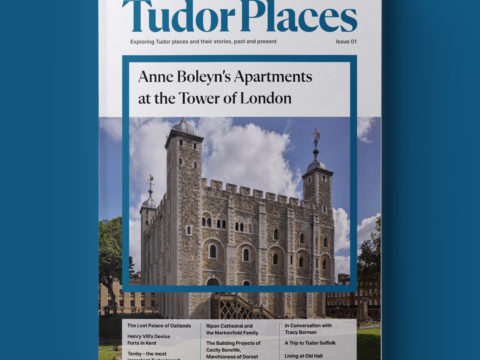Orders of Chivalry
Across Europe in the high middle ages, kings and princes wished to associate themselves with the ideals of chivalry contained in the romances of King Arthur and the concept of knighthood as an almost sanctified state. In particular, they harked back to the military orders of the Crusades, where religion and warfare were inextricably linked in the orders of the Knights Templar, the Knights Hospitaller and the many other similar brotherhoods.
In the face of the bloody slaughter and appalling havoc wreaked on the civilian populations of much of Europe with the endless Anglo-French, Anglo-Scots and Italian wars, the military class sought to associate themselves with the ideals of loyalty, fidelity, mercy, justice, care of the weak and service to their ladies. Whether they ever faced up to the dichotomy between their ideals and the misery they wrought is questionable.
To this end, and also to increase the feelings of personal loyalty and fidelity to the ruler, various princes invented Orders of Chivalry, membership of which was considered a significant honour. Listed below are the Orders founded in Europe before 1600. Scotland did not have any chivalric order in this period.
|
Order |
Founder |
Country |
Year |
|
Order of Saint George |
Charles I of Hungary |
Hungary |
1325 |
|
Order of the Band |
Alfonso XI of Castile |
Castile |
1330 (approx.) |
|
Order of the Garter |
Edward III of England |
England |
1348 |
|
Order of the Star |
John II of France |
France |
1351 |
|
Order of the Most Holy Annunciation |
Amadeus VI, Count of Savoy |
Savoy |
1362 |
|
Order of the Ermine |
John V, Duke of Brittany |
Brittany |
1381 |
|
Order of the Dragon |
Sigismund of Hungary |
Hungary |
1408 |
|
Order of the Golden Fleece |
Philip III, Duke of Burgundy |
Burgundy |
1430 |
|
Order of St Michel |
Louis XI of France |
France |
1469 |
|
Order of Saint Stephen |
Cosimo I di Medici |
Tuscany |
1561 |
|
Order of the Holy Spirit |
Henri III |
France |
1578 |
Traditionally, the designated knight went through a quasi-religious ceremony in which he was bathed, for purification, in the company of more senior knights who instructed him in the duties and obligations of knighthood. He then dressed in clean, ceremonial robes and spent the night in prayer before confessing and hearing Mass at dawn.
Kneeling before the king, he would be given his spurs, girded with his belt of knighthood and tapped on the shoulder with a naked blade, to confirm his knighthood. Depending on the order, there might be other accoutrements, such as the garter for the Order of that name, and the collars of the Order of the Garter (an image of St George slaying a dragon suspended from a golden collar of roses), the Order of the Golden Fleece (a gold collar with a small fleece dangling) and the Order of St Michel (an image of St Michael on a rock, suspended from a collar of pilgrim scallop shells).
